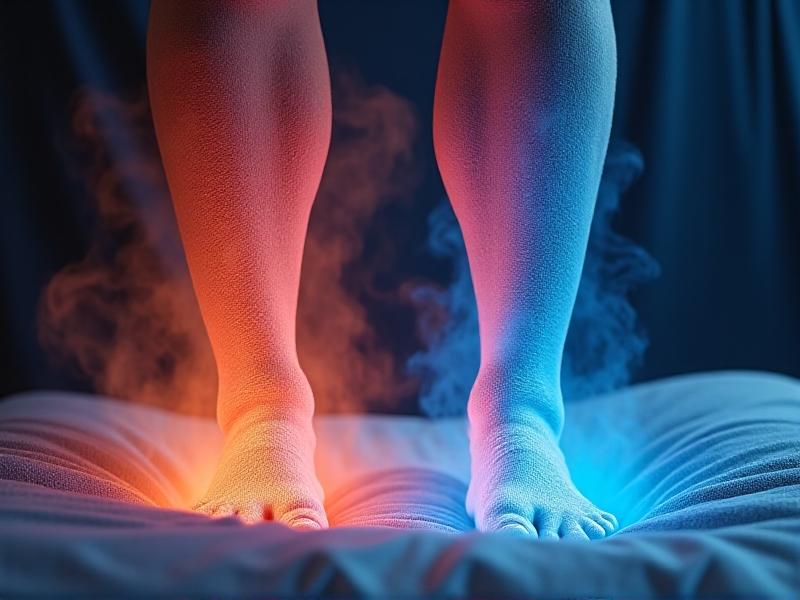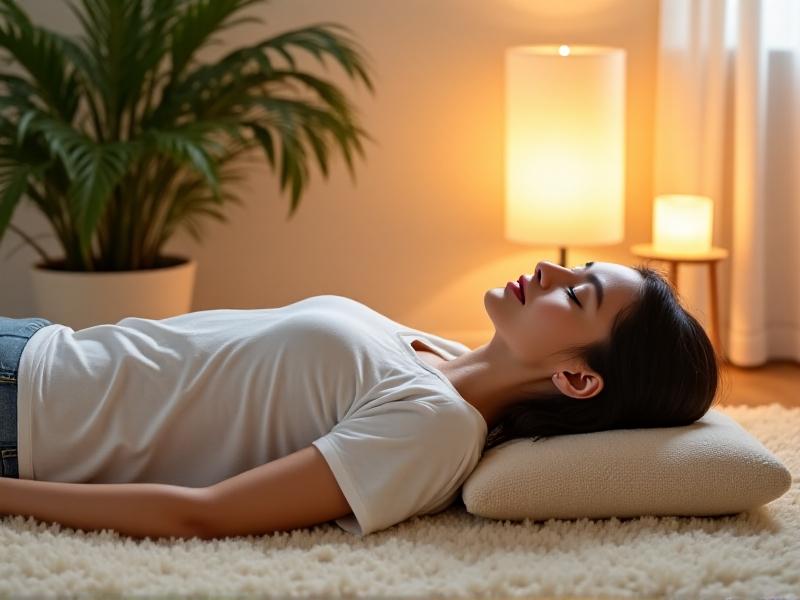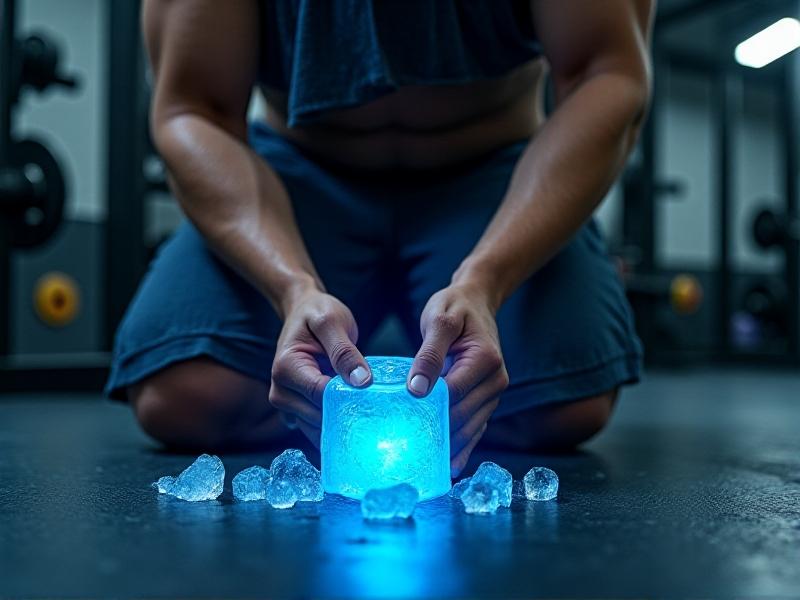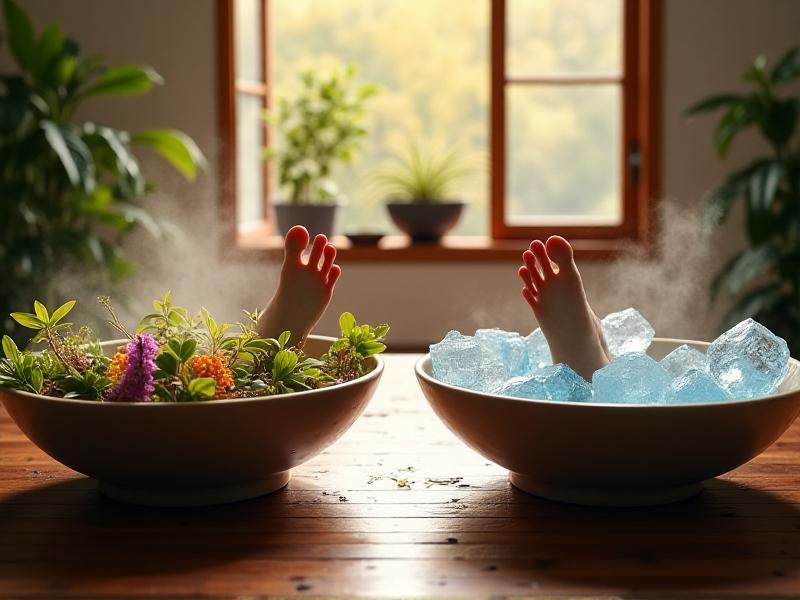```html
The Science of Temperature and Muscle Tension
Muscles respond to temperature shifts in ways that directly influence their ability to relax or contract. When exposed to heat, blood vessels dilate, increasing circulation and delivering oxygen to tense areas. This process helps reduce stiffness and promotes elasticity in muscle fibers. Conversely, cold temperatures constrict blood vessels, numbing pain receptors and reducing inflammation. Understanding this duality is key to leveraging temperature for relaxation. Research from the Journal of Physiology highlights that heat application lowers muscle spindle activity, which governs stretch reflexes, while cold therapy slows nerve conduction, offering temporary pain relief.

Heat Therapy: Unlocking Muscle Relaxation
Heat therapy remains a cornerstone for chronic muscle tension. Methods like warm baths, heating pads, or infrared wraps penetrate deep tissues, easing knots and spasms. A 2019 study in the Clinical Journal of Pain found that 20 minutes of moist heat increased muscle elasticity by 30%. Ideal for postural strain or stress-related tightness, heat also prepares muscles for stretching. For example, applying a warm compress before yoga enhances flexibility. However, moderation is crucial—excessive heat can cause swelling. Aim for temperatures between 38°C and 42°C, closely mimicking the body’s natural thermal range.

Cold Therapy: Reducing Inflammation and Numbness
Cold therapy excels in acute injury management. Ice packs or cryotherapy sessions reduce swelling by slowing metabolic activity in damaged tissues. This is particularly effective within 48 hours of a strain or sprain. A meta-analysis in Sports Medicine revealed that cold application post-exercise cuts inflammation markers by 25%. For localized relief, wrap ice in cloth to avoid frostbite. Full-body immersion in 10°C water for 10 minutes can also enhance recovery. However, cold isn’t ideal for chronic stiffness, as prolonged exposure may stiffen muscles further.

Contrast Therapy: The Best of Both Worlds
Alternating heat and cold—known as contrast therapy—creates a “pump” effect, flushing out metabolic waste while replenishing nutrients. Start with 3 minutes of heat followed by 1 minute of cold, repeating for 15–20 minutes. Physical therapists often recommend this for athletes with recurring injuries. A 2021 Frontiers in Physiology study noted a 40% faster recovery in participants using contrast baths versus heat alone. This method suits overuse injuries like tendonitis but requires careful temperature monitoring to avoid thermal stress.

Finding the Sweet Spot: Optimal Temperature Ranges
Precision matters. For heat, 38–42°C balances efficacy and safety, while cold therapy stays effective between 10–15°C. Exceeding these ranges risks burns or tissue damage. Infrared saunas, for instance, operate at 45–60°C but limit sessions to 15 minutes. Wearable tech like heated massage guns now offer adjustable settings, letting users target specific muscle groups. Always test temperatures on sensitive areas like the inner wrist before full application.
Ambient Temperature and Its Impact on Muscle Recovery
Room temperature subtly influences muscle health. The National Sleep Foundation recommends 18–22°C for optimal relaxation, as cooler environments prevent overheating during rest. In contrast, warmer rooms (24–27°C) aid flexibility during yoga or Pilates. Seasonal adjustments matter too: winter demands layered heat sources, while summer benefits from cooling mats. Smart thermostats can maintain these ranges automatically, creating a recovery-friendly space year-round.
Daily Habits for Sustained Muscle Relaxation
Incorporate thermal techniques into routines for lasting benefits. Morning showers can include 2 minutes of cold water to invigorate muscles. Evening heat rituals, like microwavable wraps, prep the body for rest. Post-workout, alternate between heat for cool-downs and ice for intense sessions. Even small choices matter—opting for warm beverages improves core temperature, indirectly relaxing muscles. Track progress with a journal, noting how specific temperatures affect soreness or mobility over time.





